How fit is your cat?
When it comes to physical fitness in cats, being an outdoor cat has certain advantages. Cats with outdoor access can exercise their basic instincts – prowling, hunting and catching prey, climbing and jumping. This hones and sharpens all their senses, and increases physical fitness. Cats expend a lot of energy during these activities and tone their bodies in the process.
But what about indoor cats? How can you keep them healthy and fit?
All about healthy cats
When a cat is healthy, you can see it. Her coat is beautifully soft and shiny, his eyes are clear. They maintain their entire body – nose and ears included – in tip top form. Her movements are agile, he has a spring in his step…. She can jump from a standing position, landing softly on her paws. He has an appetite, enjoys eating and playing, but also regularly lays his head down for a nap
How active are cats?
Your cat has a completely different biorhythm to you:
When you go to bed or are fast asleep, s/he gets going!
When the light changes early in the morning or in the evening, that’s when s/he becomes active. Outdoor cats then go out and hunt.
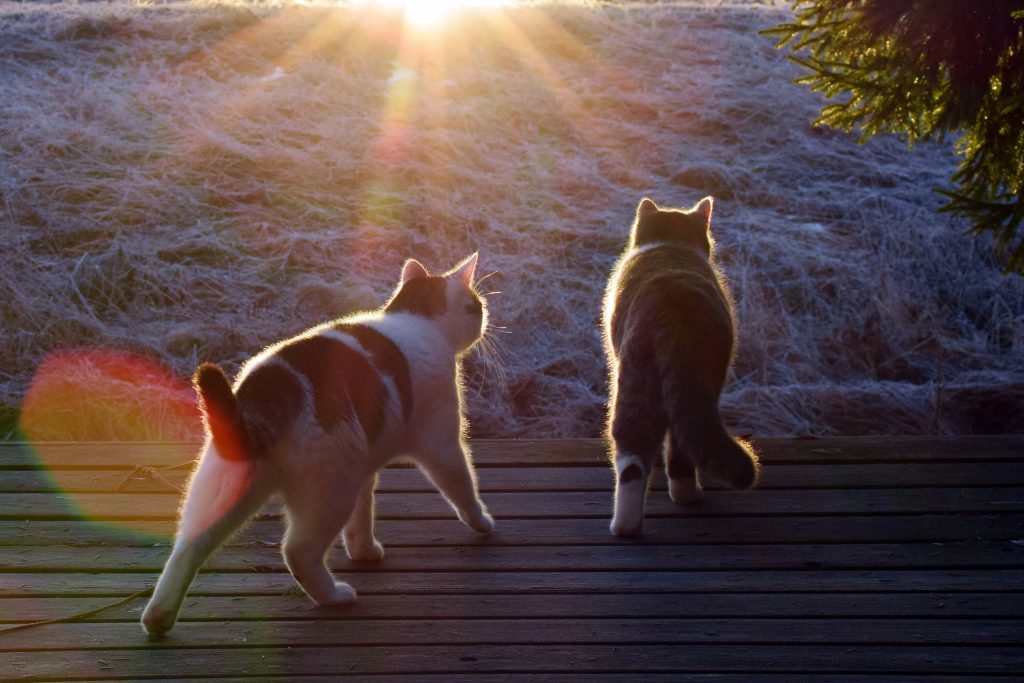
So at this time, your cat has a better chance of catching juicy prey!
Indoor cats often adapt to the lifestyle of their owners.
Why do cats sleep so long?
During the day, cats use the time to recover from hunting. They doze and sleep a lot – up to 15 hours a day! By sleeping, cats recharge their batteries for the next outing. This is essential for survival, because only a well-rested hunter is successful in catching quick-witted prey.
Cat appropriate nutrition
Cats are pure carnivores.
They consume their meat raw, not cooked, and whole – including if necessary the offal, bones or tendons of their prey.
This is the appropriate diet of a cat.
The problem is that you won’t often find fresh mammals, birds, insects, fish, amphibians or reptiles in the supermarket, let alone in packaged bite-size for cats. But there are premium foods with ingredients that match a cat-appropriate diet.
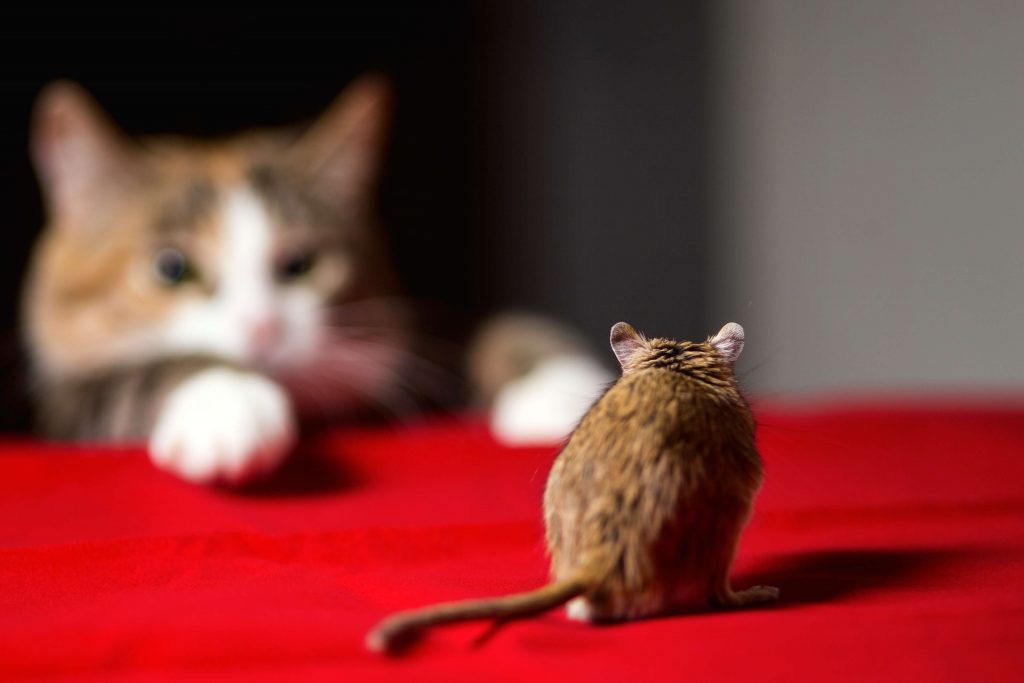
Cat body temperature
When a cat is healthy and not stressed, its body temperature normally ranges between 36.7 °C and 38.9 °C. In certain situations (increased physical activity, heat, danger), its temperature may rise to over 39°C for a short period of time. If a high temperature persists, a cat may have a fever. The most accurate way to measure for fever is in the anus.
Body weight of cats
The weight of your cat depends on the breed, size and whether s/he is male or female. Female cats usually weigh less because a male cat’s body is usually bigger.
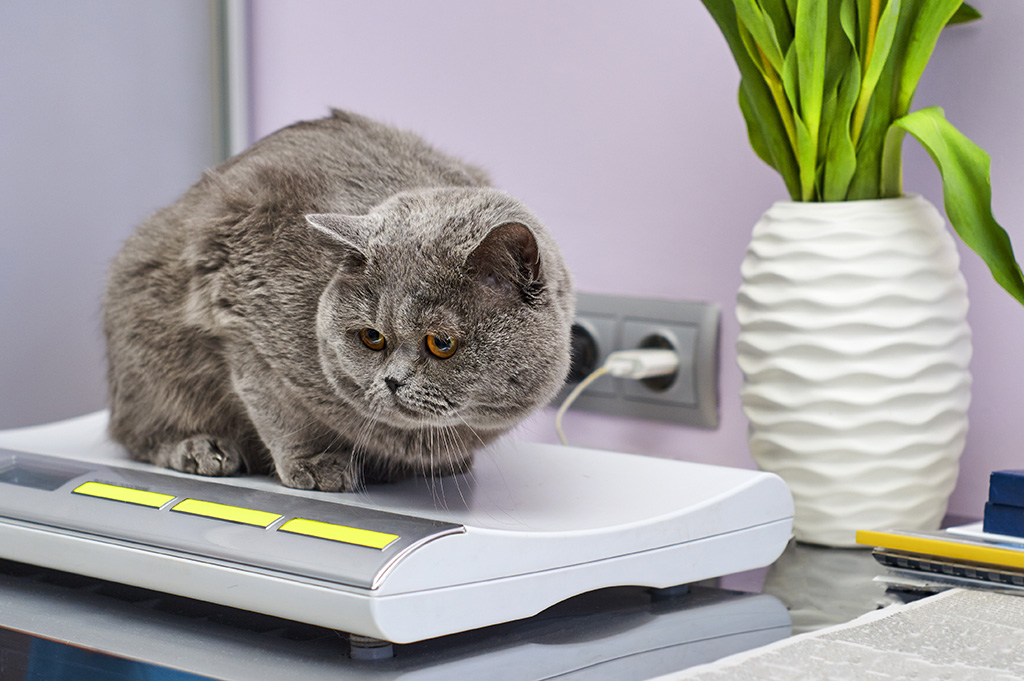
For pedigree cats, there are certain specifications according to the breed standard as far as weight is concerned: Determining the normal or ideal weight of a mongrel is somewhat more complicated: This would then be the average value of all the pedigree cats involved.
Cat hygiene
Cats are extremely sensitive to smells – unpleasant odours bother them, so they tend to avoid anything that smells.
That means you need to make sure that the litter tray is scrupulously clean!
To ensure your cat is willing to use the litter tray, you should remove soiled elements every day. Dispose of faeces and soiled litter and refill with fresh litter.
Why exercise is so important for cats
Freedom to roam outside, feeling the sun on their coat are pleasures reserved for outdoor cats.
And, in the wild, no day is the same!
The world is one big adventure playground with a subtle, underlying tension that is vital for hunters!
Keeping the body in motion keeps cats healthy and active.
How much exercise does a cat need?
Your cat is a predator completely equipped to hunt.
Lurking, prowling or attacking – cats can jump and pounce at lightning speed! This is essential for survival and is carefully learned from an early age!
A cat’s body is as well honed as that of a top athlete! If a cat doesn’t exercise enough, it’s not only the muscles that atrophy. Your furry friend’s mind is less sharp too.
Freedom for outdoor cats
Outdoor cats have more freedom to roam than indoor ones.
This is mainly because they have a larger territory.
While an indoor cat in Germany has an average of around 45 square metres, outdoor cats have almost infinite space outside their living area!
How they use this space – whether snoozing, hunting or exploring their territory – is very different and depends on their personality.
What you should keep in mind for your indoor pet
Roaming through meadows and forests, wandering along unknown paths, discovering secret places…….an indoor cat that doesn’t go out won’t have these opportunities in his/her living environment. However, you can create the conditions for your indoor cat to do what comes naturally inside. This includes, among other things, plenty of activity and a living space adapted for cats.
What kind of furniture do cats prefer? Which ones make cats feel more at home? We answer these and many more questions in our article on cat furniture.
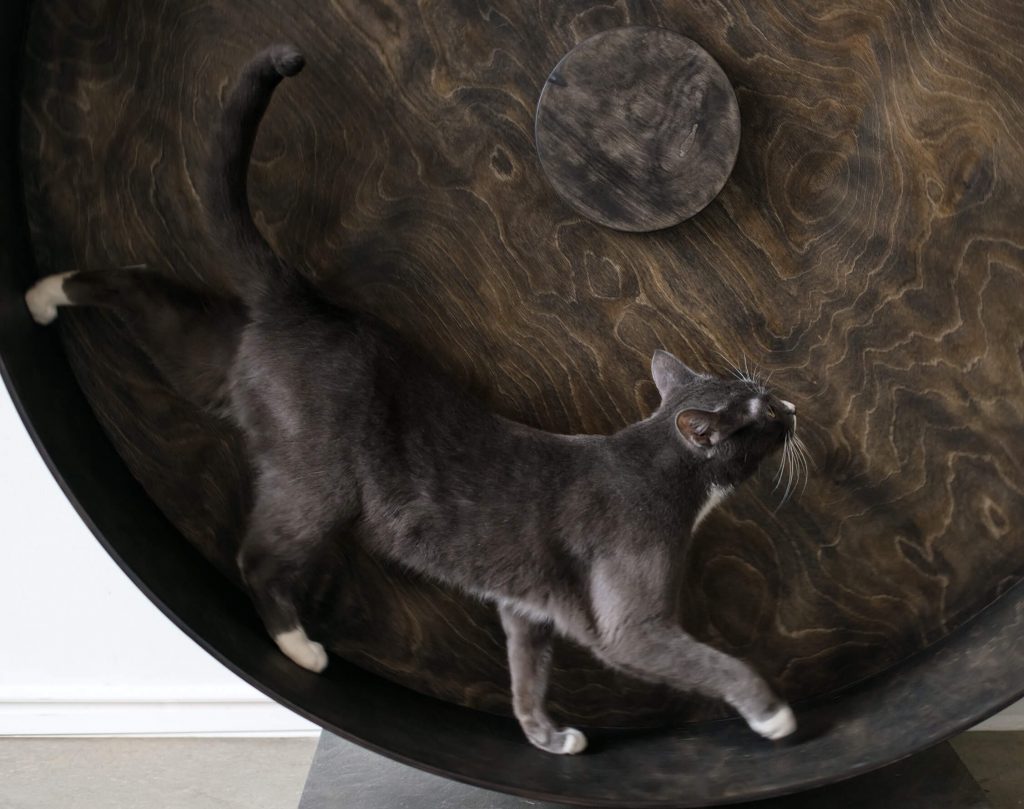
Lack of exercise
Your cat needs exercise.
As a hunter, its body is designed for prowling, pouncing, climbing – but also for fast sprints. Jumping to great heights from a standing position, landing accurately or sprinting at a top speed of up to 50 kilometres per hour are all no problem for a cat!
And all with incredible agility!
What looks so easy is down to a musculoskeletal system whose joints and muscles have evolved perfectly together over time!
Symptoms of physical inactivity
Cats need enough exercise to stay fit. If a cat is too inactive, this unbalanced lifestyle can lead in the long run to:
- muscle loss
- joint problems
- digestive problems
- heart and circulatory problems
Health risks
The life of an indoor cat is like being in the lap of luxury:
Lie on your back, open your mouth, and food and treats come to you…
An indoor cat doesn’t have to worry about a thing. S/he just goes to the bowl and then retires to bed. But something essential is missing: activity!
In the long run, this becomes not just boring, but also unhealthy!
If a cat gets too plump, it can contribute to numerous diseases:
Beyond the conditions mentioned above, it can also lead to:
- skin diseases
- liver diseases
- kidney diseases
- diabetes

Overweight cat
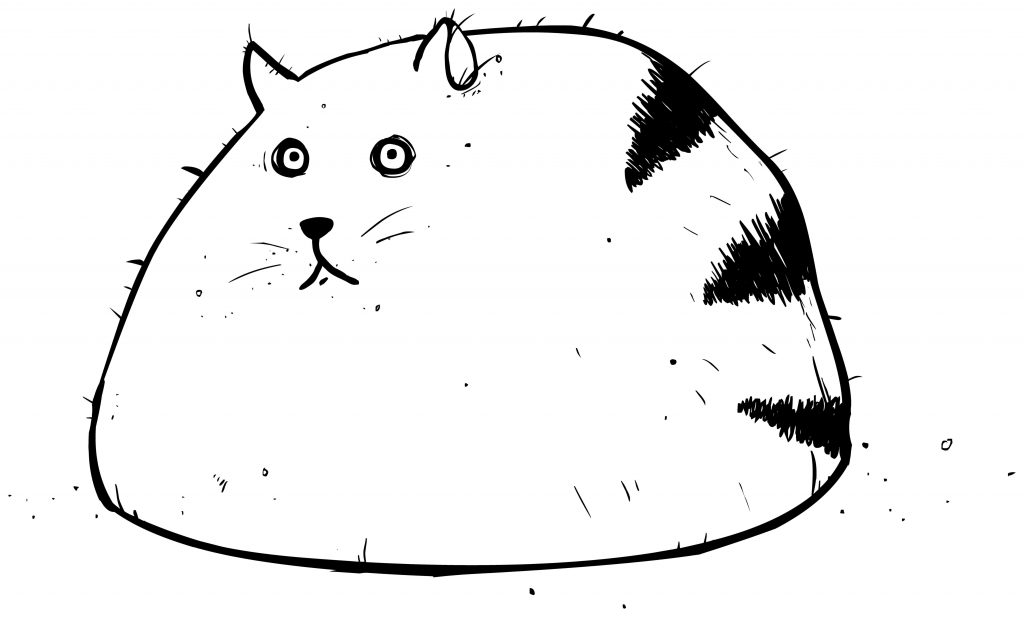
Many factors lead to cats getting big and saggy, such as metabolic problems. But it’s mainly too little exercise and too much or the wrong type of food. The result is the same as with us humans: we become overweight.
More calories are absorbed than consumed.
Being overweight is not just unappealing, it can also cause your cat to get sick and not live as long as healthy cats of the same age.
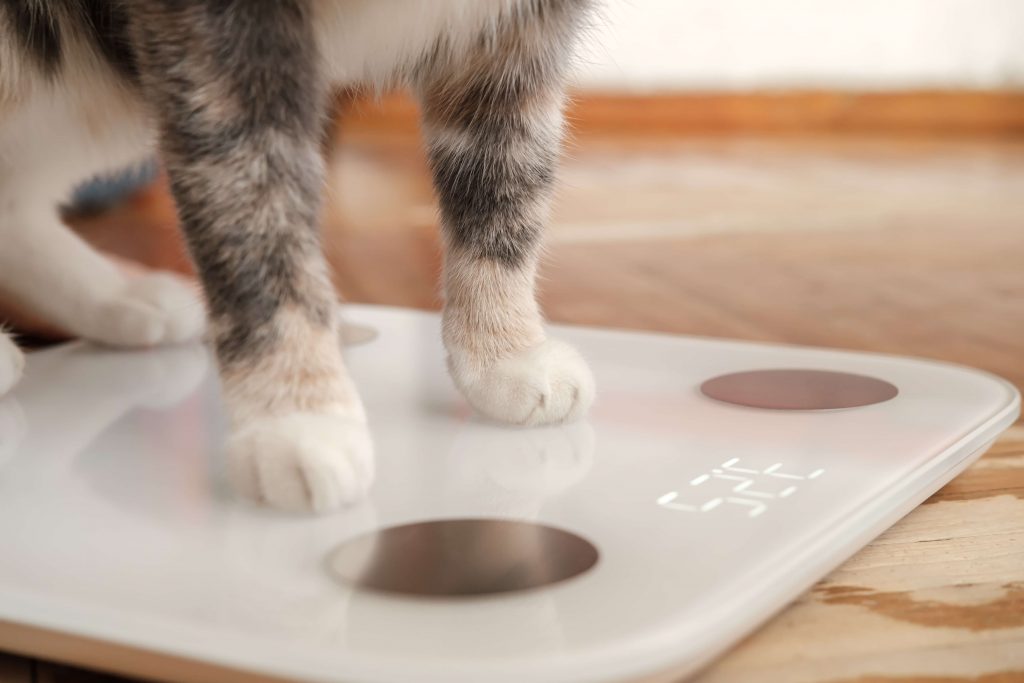
A guide to “cat bodyweight” is also given by the “BODY CONDITION SCORE” that compares the individual parts of your cat’s body.
- very lean
- underweight
- ideal weight
- overweight
- obesity
Feline diabetes
When cats have diabetes, their bodies can no longer convert glucose into energy as they should. Cats suffering from diabetes are often lethargic and weak, are constantly thirsty and drink a lot. Because they drink more, they go to the toilet more often. They eat more than usual, but lose weight rather than gain it. No matter how much they eat – the body is not able to recharge energy levels:
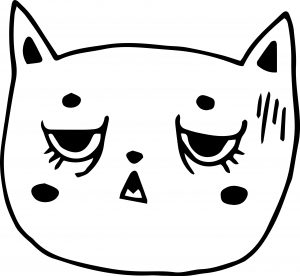
How to keep your cat fit
“Sport is a killer” Sir Winston Churchill is quoted as saying.
Many question this notion, as well as the claim it came from the ex British Prime Minister. But one fact remains, Churchill was a great cat lover!
And anyone who’s fond of their cat should encourage them to exercise in a cat-friendly way.
A jog with your furry friend? Not advisable!
But you can get lazy lounge lions fit if you encourage them in the right way.
This is how you turn sports-shy felines into exercise fans ready to spring into action…
Exercise with your cat
Awaken the hunter in your cat!
Not all hunters are the same. Some like fast, fierce games, some like to stalk their prey while others prefer to hunt in their minds – brain games that are all about strategy. There doesn’t always have to be edible prey like food or treats as a reward.
Most games work very well with substitute prey, here are a few suggestions.
Climbing options for your cat
“Spider Cat”? Well, cats are real climbers and acrobats!
To prevent your tame tiger from climbing on furniture that is not designed for it, you should make alternatives available.
– There is room for climbing fun even in the smallest home!
With a little imagination and an eye for interior design, you can create exciting opportunities for climbing and thus increase your cat’s living space.
Cat toys for more activity
A cat that plays is healthy.
Hopping, contortions, prancing, leaping in a high arc over something – all these activities shape muscles. Play is a prelude and training to make the next hunt more successful.
Like us humans, it’s good to pair exercise with pleasure. It’s more fun and encourages us to keep on doing it through into old age!
Want to make your own cat toys, but don’t really know how to start? Here are some great ideas that will be fun for your cat, along with instructions to follow.
However, it’s not enough to spoil your cat with all kinds of toys. Take an hour every day to play extensively with your pouncing pussy cat!
Walking with a cat
Walking with a cat? Opinions differ on this!
It very much depends on the cat. For an intrepid, courageous cat this might be an alternative. But only with the right equipment! Otherwise the cat will be gone in a blink of the eye…
A cat is not like a dog that walks well on a leash. They can only exercise to a limited extent on a leash. You have to ask yourself if it is not more stressful than allowing your cat outdoor access from time to time?


